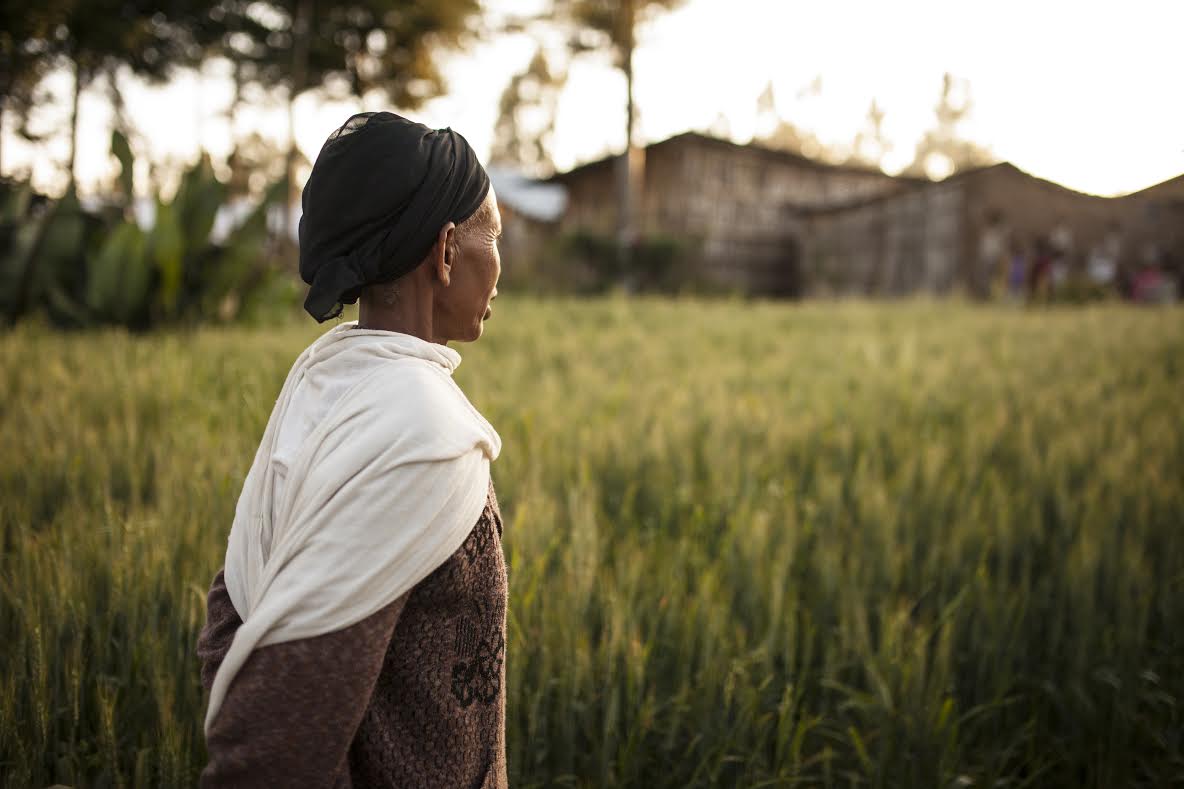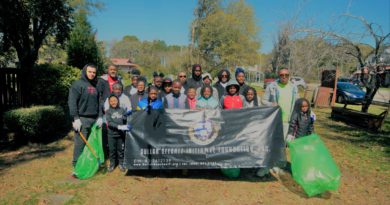John Wollwerth : Spreading The Gospel With his Writings
Story By: Mary Ellen Thompson | Photography By: John Wollwerth
One of Beaufort Lifestyle’s photographers, John Wollwerth, has written an inspiring book entitled The Missional Life: What I Learned from Engaging in Missions in East Africa, which is a compilation of his experiences, his wisdom, and his photography.
It all started with a photo blog in which he tells stories about photo shoots, shares photographic techniques, and mixes it together, often humorously, with life experiences and personal beliefs.
Ever inspired to write, John says, “I’ve always written. I wrote a couple of full length sci-fi novels when I was in high school although I never did anything with them; I’ve just always known how to write.”
In an opening paragraph of the book John declares, “I am the son of a missionary.” John’s mother was a missionary to Nigeria in the 1960’s and three of his brothers preceded him into missionary work in Senegal, Swaziland, and China. “You would think that I had some calling to missions, but until 2009 that had not happened. My church was involved in projects in Romania, but that had never interested me. This was the way it was supposed to be. Just because a ministry is available doesn’t mean God has called you there. Sometimes He has something else in mind, and you have to wait for that opportunity to be placed before you.”
In 2010 he was getting ready to go to South Sudan, which at that time was the second most dangerous country in the world for aid workers, on his first mission trip. His main purpose on that trip was documentation through photography. He explains, “When I started writing, it wasn’t so that I could eventually put a book together. Rather it was so that I could keep my thoughts in the right place as I got ready to go to some dangerous places and situations where the outcome was unknown. For me, putting things down into the written word helps me to clarify ideas and thoughts that would otherwise be scattered and unintelligible, and aids in my focus.” Subsequently these writings became his mission blog, and the basis for the book.
What John wanted was, “To open people’s horizons and let them know what the rest of the world looks like. People just don’t have any concept what’s really going on in the world. The blog, and this book, are written to inspire people to join us in this work. You don’t understand how culturally motivated your way of thinking is, until you leave your own culture.”
Photographs illustrate heart-stopping wondrous landscapes, arresting poverty, and images where, despite the odds, joy, hope, and innate beauty seem to prevail, all captured and locked forever into time and place. Of one series of photographs, John explains, “When people think of Africa, they usually think of herds of animals on the grasslands with the occasional Acacia tree breaking up the horizon. Sure, there’s that aspect of Africa, but there is so much more to it than that. There are jungles, scrublands, deserts, big cities, mountains, even glaciers.”
His prose exemplifies the despair that sits alongside hope, conditions that look appalling to most of us, but still we see the beautiful smiles of those people. He tells stories, shares facets of his faith, brings Africa home to us, and does it in such a way that you feel you are part of an important conversation. The religious overtones are down to earth and deeply personal, laced with quotes and observations from not only the Bible, but also such unlikely sources as Monty Python and the Holy Grail, the Screwtape Letters, and the Hitchhiker’s Guide to the Galaxy, illustrating his points in common parlance.
One memorable experience excerpted from the book: “Just a short note as I sweat here in my hammock in South Sudan. I’m in a partially open, tin shack that serves as the church. As I lay here in complete darkness, but hearing music in the background, I’m reminded again of an observation made on my first visit and only confirmed since then. The South Sudanese hate silence. They listen to music all night. When they’re in a car they crank the stereo up until it distorts. You can be standing in a group of people having a conversation, and one of them will start blasting a song from their cell phone. It’s as if they think as long as there’s music or noise, things are ok. That bad things only happen during the night, when things are silent and dark, and terrible things come out of the darkness and silence. When it’s dark and silent, that’s when the attacks come, when children and cattle are stolen. It’s when the snakes crawl into your bed for warmth. It’s as if as long as there’s noise, things are all right. It’s like children who are afraid of monsters, only here the monsters are real. There’s been a lot of talk here about insecurity, about the attacks that come from cattle raiders, and the fact that they’re not far away. Seventy people were killed here just last week in cattle raids, and people go to bed afraid. And so I think of that as I lay here in my hammock, wishing for silence.”



